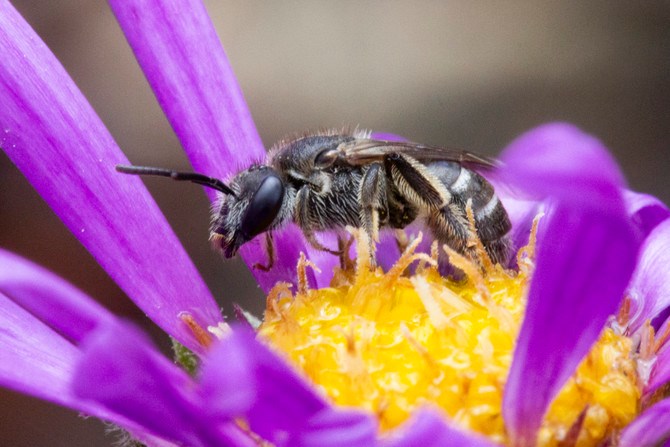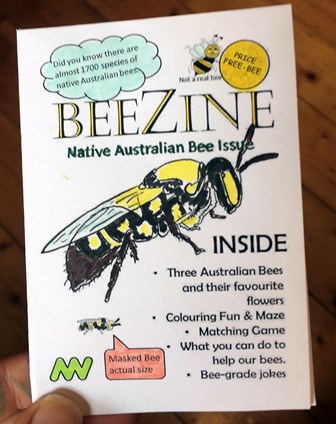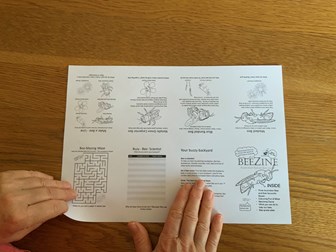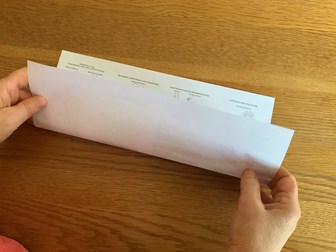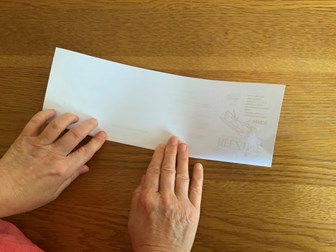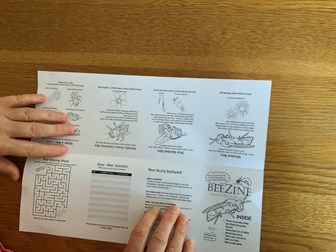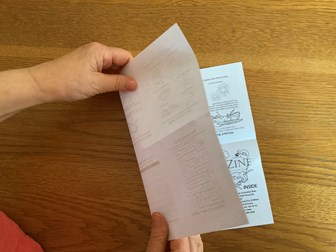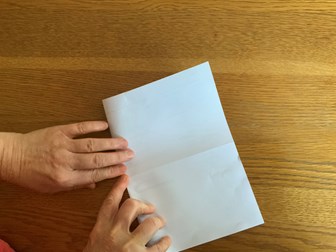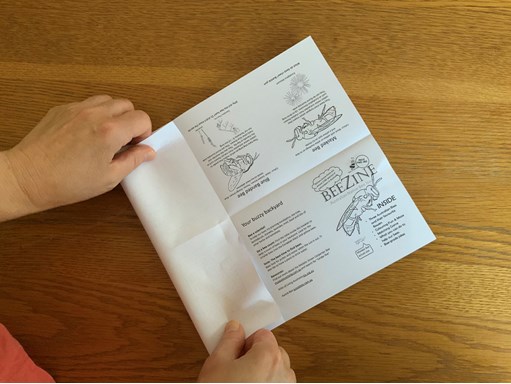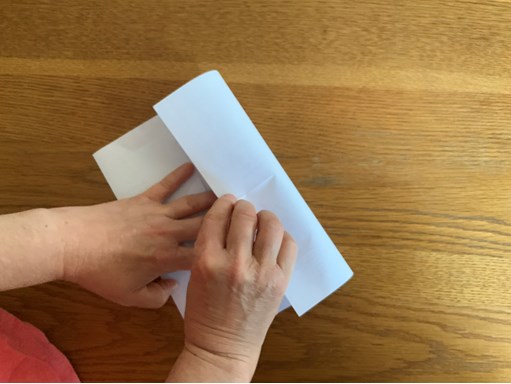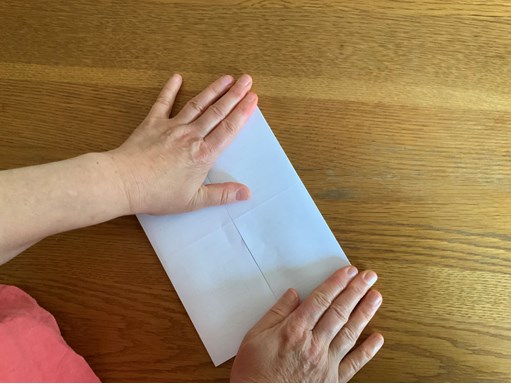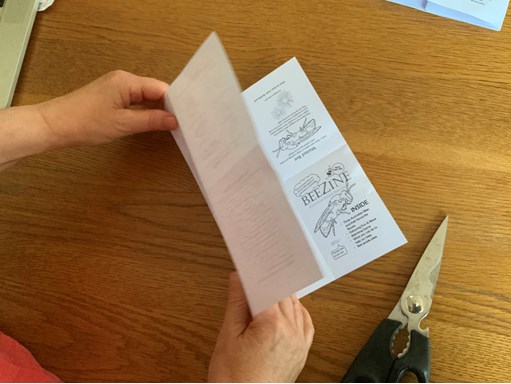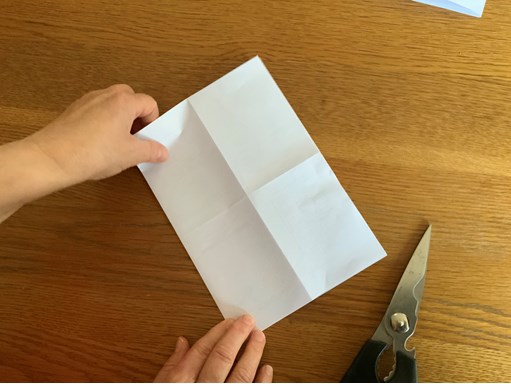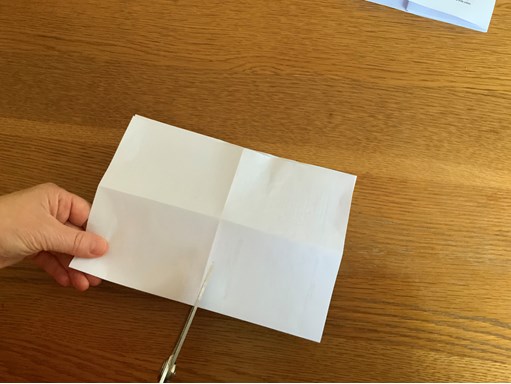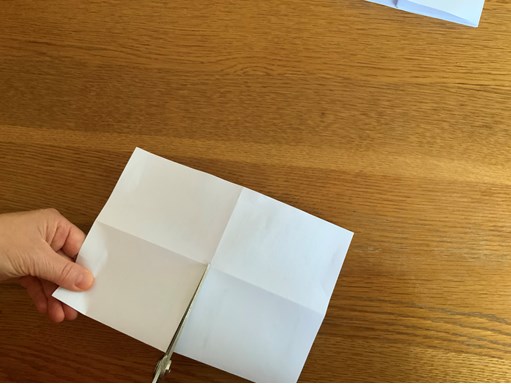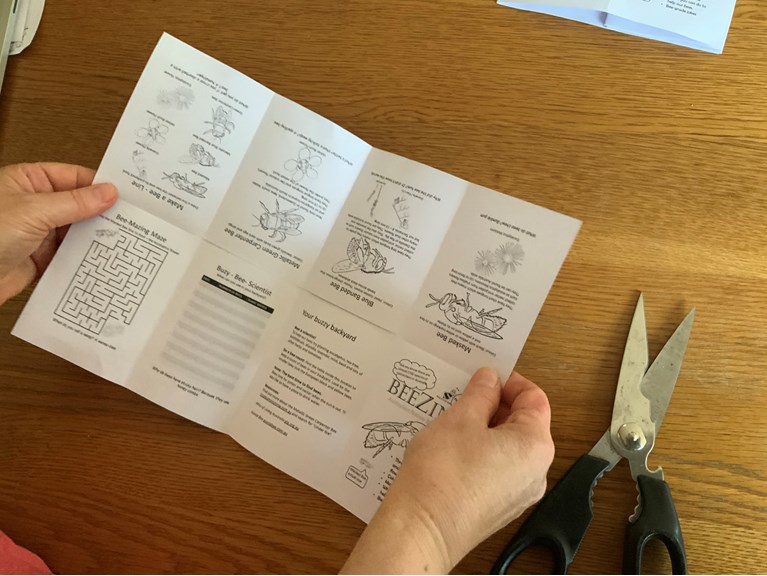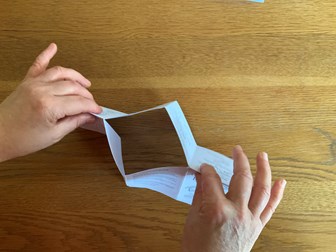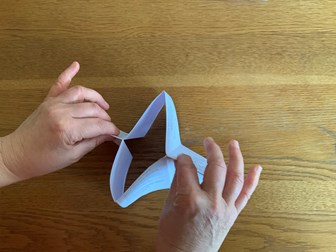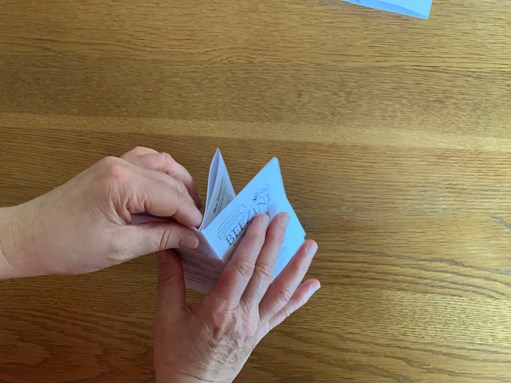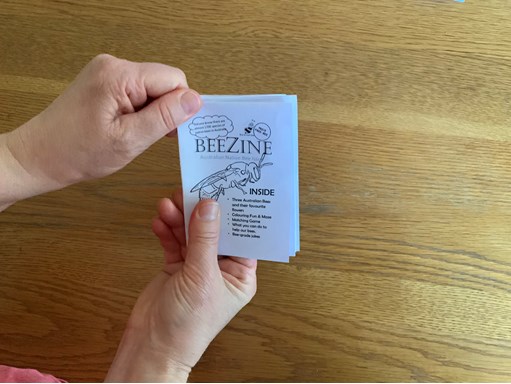Native Australian Bees
When the sun is out, it’s time to look a little more closely at flowers everywhere.
Look past the European honey bee and you will see an ancient world full of mostly tiny colourful Native Australian Bees, busily going from flower to flower of indigenous plants but also flowers of herbs, and many other flowering plants.
Native Australian Bees are unique as they have evolved at the same time as the Eucalyptus plant family – one of the most ancient flowering plant family in the world. These bees play a vital role in pollination of Australian wild flowers and many food crops. Bees are found all over Australia but many species occur is specific areas, such as the Metallic Green Carpenter Bee which is now only found North of Sydney in New South Wales and possibly still on Kangaroo Island in South Australia. These bees used to live in Victoria, but due to the clearing of forests supporting the growth of banksias and grass trees – where they make their nests, this carpenter bee has become extinct in this State.
BeeZine activity
We want you to know a little more about our little bees so you can be more aware of their importance to our country and planet.
We have created a little BeeZine – a little magazine full of fun activities and facts about three Australian Native Bees, even though there are nearly 1700 across Australia.
You can colour them in to see their incredible beauty, find out what flowers they frequent and much more. Enjoy folding your BeeZine, once you have printed it off and get buzzy.
Folding instructions
1. Fold A4 paper in half lengthways – press down firmly:
2. Unfold and then fold in half width ways – press down firmly:
3. Unfold and then fold half page into middle width way – press down firmly:
4. Fold the other side into the middle so they meet – press down firmly:
5. Unfold and then fold in half width ways – press down firmly. Make sure you get a grown up to help you when using scissors:
6. Cut with scissors to the middle point:
7. Unfold completely and then fold once length wise with printed side on the outside:
8. Push together, so a diamond opening forms – then keep pushing till it starts folding:
9. Make sure the front and back page are in the right position:
